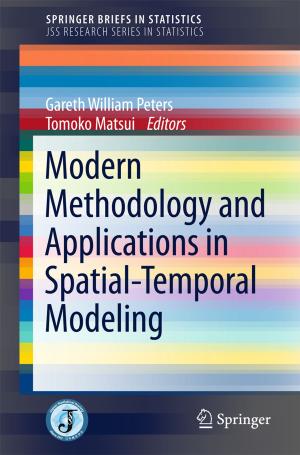Firms’ Location Selections and Regional Policy in the Global Economy
Business & Finance, Economics, Urban & Regional, Industries & Professions, Industries| Author: | ISBN: | 9784431553663 | |
| Publisher: | Springer Japan | Publication: | June 3, 2015 |
| Imprint: | Springer | Language: | English |
| Author: | |
| ISBN: | 9784431553663 |
| Publisher: | Springer Japan |
| Publication: | June 3, 2015 |
| Imprint: | Springer |
| Language: | English |
This book offers a new understanding of how firms determine their location and what kinds of regional economic policies are needed to attract factories to a country and a region in a highly globalized economic setting. The theoretical and empirical analyses examine the influence of the transfer pricing system, corporate tax rates, and a country’s industrial structure on a firm’s decision to locate and the impact of firms’ location on regional economic activities. The theoretical analysis elucidates the importance of the above-mentioned factors in the firm’s selection of possible location. The empirical analysis uses as an example the case of a supply chain in East Asia. The empirical analysis is illustrated with the regional/spatial development experiences at the country level and city level of selected countries and cities. The analysis offers a perspective for understanding the spatial patterns of a cross-border production system.
This book offers a new understanding of how firms determine their location and what kinds of regional economic policies are needed to attract factories to a country and a region in a highly globalized economic setting. The theoretical and empirical analyses examine the influence of the transfer pricing system, corporate tax rates, and a country’s industrial structure on a firm’s decision to locate and the impact of firms’ location on regional economic activities. The theoretical analysis elucidates the importance of the above-mentioned factors in the firm’s selection of possible location. The empirical analysis uses as an example the case of a supply chain in East Asia. The empirical analysis is illustrated with the regional/spatial development experiences at the country level and city level of selected countries and cities. The analysis offers a perspective for understanding the spatial patterns of a cross-border production system.















